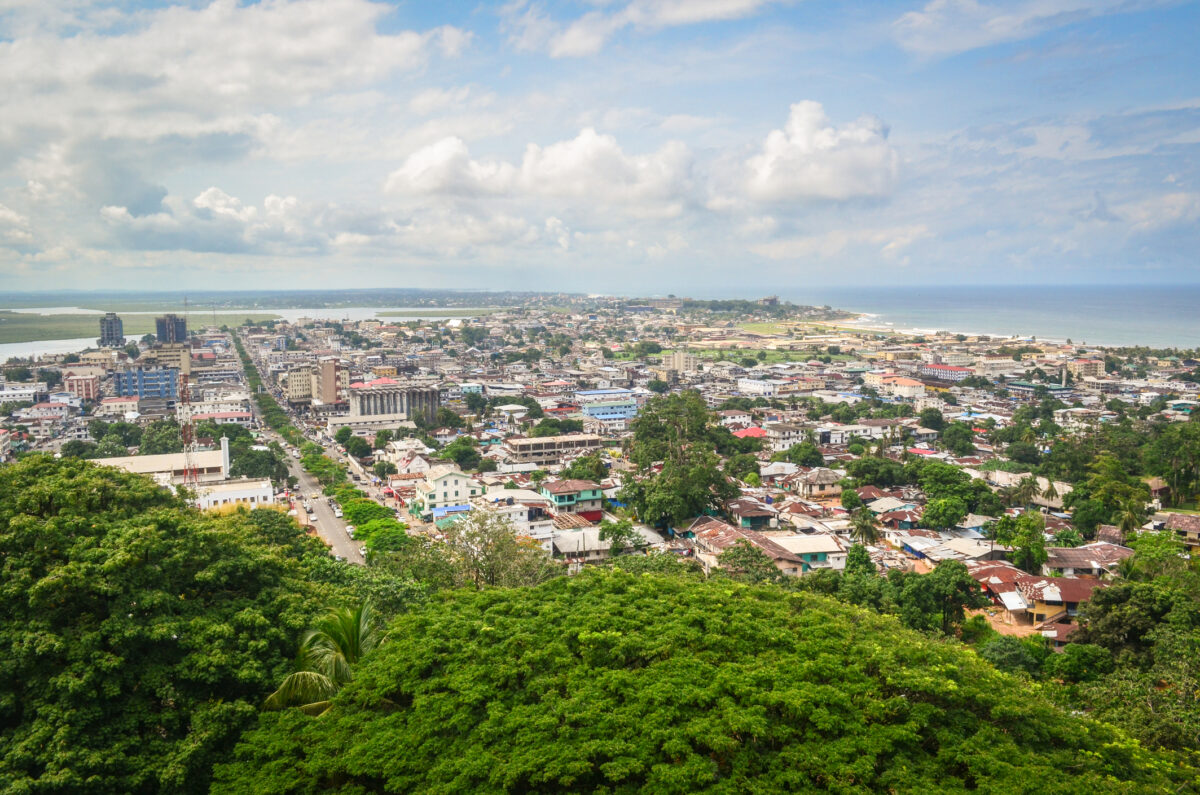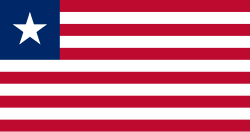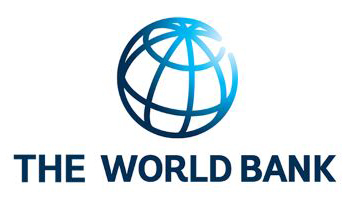
Liberia Urban Resilience Project
Adaptation Need
Greater Monrovia, the wettest capital in the world, already faces severe flooding, which is exacerbated by shifting precipitation patterns, rising temperatures, and more extreme weather. Since 2013, sea level rise and coastal erosion have displaced over 6,500 people. A projected 16 cm rise by 2030 threatens 675,000 people and 9,500 hectares of land. Climate risks are magnified by high population density and vulnerability, with 70% of residents living in informal settlements, 64% below the poverty line, and 80% relying on informal jobs. Building long-term resilience will require solutions that are developed and owned by local communities in partnership with national and local government, to ensure that adaptation efforts are contextual, inclusive, and sustainable.
GCA’s Added Value
GCA partnered with Slum Dwellers International (SDI), Young Men’s Christian Association (YMCA) Liberia, and the Federation of Liberia Urban Poor Savers (FOLUPS) to integrate climate adaptation and community ownership in LURP investments. Through GCA’s support: (i) community involvement institutionalized throughout the project cycle by developing a dedicated Community Engagement Strategy designed to be integrated into the Project Operations Manual (POM) which guides the implementation of the project; (ii) climate risks and vulnerabilities assessed through community-driven enumeration and climate risk profiling, for 27,404 households in informal communities across New Kru Town, Garwolohn Township, and Paynesville; (iii) climate adaptation integrated in upstream investment design by providing detailed feedback on the Terms of Reference (ToR) being developed by the Ministry of Public Works, for the feasibility study of public infrastructure and community facilities; and (iv) enhanced local capacity for inclusive and climate resilient urban planning by co-organizing training workshops with YMCA Liberia and the Africa Mobility Taskforce (AMT), to foster community participation and dialogue.

Project goals
Mainstreaming Adaptation and Resilience
GCA is mainstreaming adaptation across LURP by embedding climate risk considerations such as flooding and community-led planning into the project’s investments. Through the integration of the Community Engagement Strategy into the Project Operations Manual, GCA operationalized community participation throughout the project cycle. Community-driven climate risk profiling informed investment decisions, while upstream technical inputs into the feasibility study’s Terms of Reference on integration of climate risk assessments ensured that climate resilience is central to project design. These efforts, combined with targeted capacity building on inclusive and climate resilient urban planning, make LURP a model for inclusive, climate resilient urban development that can be replicated in future national projects.
Expected Outcomes
- Increased understanding of local climate vulnerabilities and risks in 52 informal communities across New Kru Town, and Garwolohn Township.
- Strengthened capacity for Government of Liberia staff to engage with local communities and conduct community-driven risk enumeration and profiling.
- Enhanced climate resilience of urban infrastructure protecting the most vulnerable communities, enabled by investment decisions informed through GCA’s climate risk profiling and engagement strategies, ultimately enhancing the safety and well-being of over 200,000 people.
- Enhanced flood protection, contributing to 340 hectares of urban area safeguarded against flooding.
Timeline
GCA Support Status
Technical Assistance Preparation
GCA Support Implementation
May, 2022
GCA Support Completion
Monitoring
Finance
Total Investment Value
IFI Investment Value
$40.00M
Other Investment Value
N/A
IFI partners
Contacts
Lead contact
Project Manager
Naz Beykan
Senior Program Officer, Urban Resilience, Water & Urban
General media inquiries
info@gca.orgRequest for information
waterandurban@gca.org